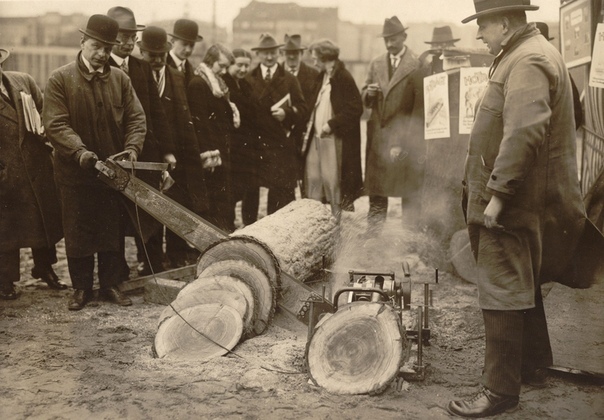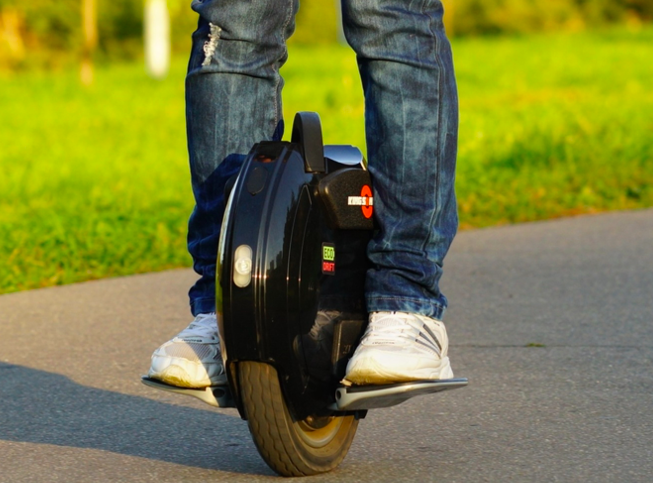Owners of private houses have different questions regarding the raw materials for kindling. For example, is it possible to heat the stove with pine wood or should you use strictly birch, aspen, alder. In practice, it is wood that is used most often. Although there are other types of fuel that can be used. A detailed overview of each of them is presented in the article.
The content of the article
-
Firewood and coal: pros and cons
- Firewood
- Coal
-
What else can you heat the oven
- Peat
- eurofirewood
- Pellets
- What can not heat the oven
Firewood and coal: pros and cons
The most obvious fuel option is wood and coal. Both types are usually used together, they have quite a few advantages, although there are some disadvantages.
Firewood
Birch is often used for kindling, but other types of deciduous and coniferous wood (aspen, larch, pine, alder, etc.) can also be used. Despite the fact that quite a lot of soot remains after the combustion of firewood, the advantages of such solid fuel raw materials are obvious:
- large heat dissipation, high efficiency;
- low cost;
- quickly ignite;
- the possibility of self-preparation;
- the possibility of long-term storage in suitable conditions;
- pleasant smell during burning and storage.
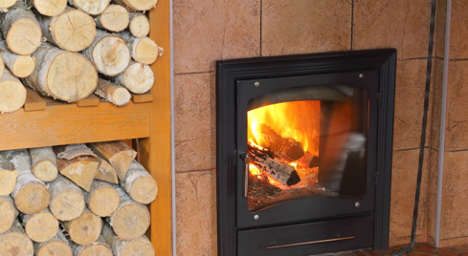
But sometimes homeowners consider other fuels as well, wondering if it's okay to fire a chipboard stove, for example. The fact is that firewood has its drawbacks:
- take up quite a lot of space;
- require suitable storage conditions;
- require pre-drying.
One of the significant disadvantages is connected with the fact that after firewood there is a lot of ash, coal and soot. The first two types of waste can be manually removed from the furnace, and soot settles in the form of soot on the inner surfaces of the chimney, so it has to be cleaned every year.
This disadvantage is especially pronounced in coniferous firewood, since they give resin, and soot sticks to it even more strongly. In this regard, many doubt whether it is possible to heat the stove with pine. Indeed, this is not the best option, especially when compared with birch and other hardwoods. But softwood is also quite acceptable if you regularly clean the pipe.
Coal
If you figure out whether it is possible to heat a bath with coal, you should understand the features of this fuel. Since coals do not burn at low temperatures, they are placed only after kindling with firewood. It is coal that supports long-term combustion, so its advantages are obvious:
- more economical type of fuel;
- heats up the air very quickly
- allows you to keep warm for a long time.
But there are also disadvantages:
- a lot of smoke is released during combustion;
- clogging of pipes with soot;
- takes up a lot of storage space.
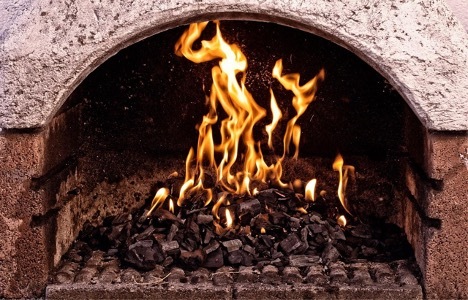
What else can you heat the oven
Based on the described pros and cons of the main type of fuel, you need to ask a few questions. For example, is it possible to heat the stove with cones or in general with other types of fuel. Such raw materials are quite suitable for kindling.
Peat
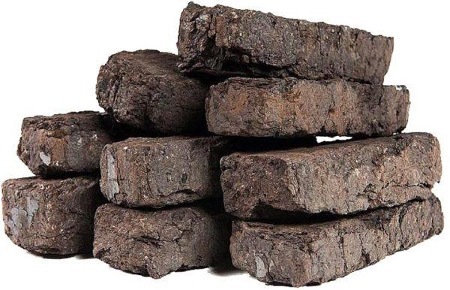
Peat for kindling is produced in the form of briquettes in which it is mixed with sawdust. Such material is only suitable for a furnace with good draft, since a lot of oxygen is required. Peat has many advantages:
- environmentally friendly product;
- ash can be used as fertilizer;
- takes up much less space than wood and coal;
- does not give sparks when kindling;
- affordable.
But do not forget that the heat transfer is low, besides, the briquettes quickly ignite. Such fuel can only be used in regions with winters without severe frosts.
Therefore, other options appear, for example, is it possible to heat the stove with painted boards. Such material should not be used. It will not cause any special blockages, especially since there are not so many painted boards. But the smell will be bad, someone may even get dizzy.
eurofirewood
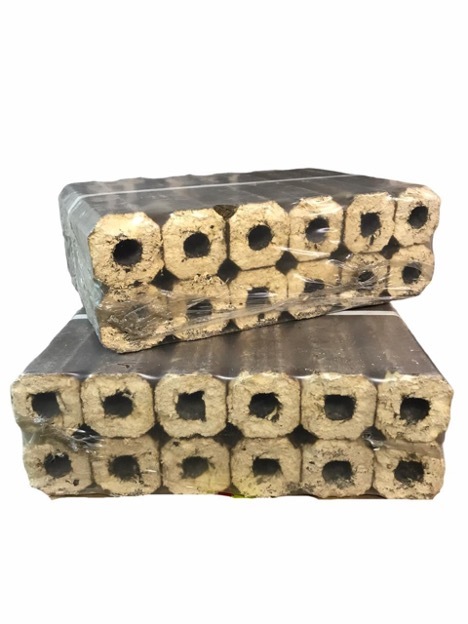
Another type of compact solid fuel is Eurowood:
- RUF briquettes are the most affordable. They are sawdust connected with natural glue, which burns well in the oven.
- Pini-kei are produced using the same technology, but at the last stage they are fired. Such briquettes are more expensive, but they can be stored longer without fear of getting wet.
Briquettes give quite a lot of heat, but not immediately - it takes time to kindle. In addition, sometimes they are fragile and literally crumble. Therefore, questions arise, for example, is it possible to heat the bath with cones. This raw material can be used for kindling. But it is not suitable for full-fledged heating, since cones are not harvested in large quantities. In addition, they quickly burn out and cannot give off heat for a long time.
Pellets
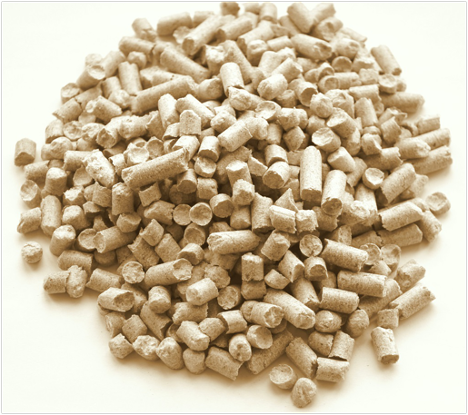
Pellets are granules made from sawdust, wood chips and other waste wood. They are pressed and glued with a safe composition, which also burns well in the oven. This fuel has several advantages:
- ecological cleanliness, absence of harmful impurities;
- minimum amount of soot;
- no spores and dust;
- convenience of storage.
However, the price of pellets is high, so they are not used as often as the same firewood. It is easier to understand whether it is possible to heat a stove with pine or other wood. As already mentioned, conifers clog the chimney more. But if you clean it regularly, this problem can be completely solved.
What can not heat the oven
It is clear whether it is possible to heat a stove with pine or other firewood. The answer to this question is yes, although with reservations that it is better to use birch, aspen or other hardwoods. Moreover, it is worth remembering that there are also prohibited types of raw materials, which definitely should not be thrown into the furnace:
- raw firewood of any type;
- glossy magazines, color newspapers;
- rotten wood;
- impregnated wooden products;
- ignition fluid (it is allowed to use only outdoors - a fire, a brazier).
It is clear that there are pluses of pine firewood, birch and wood in general as such. We can say that this is the main, and often irreplaceable source of heat in private homes with conventional stoves. Indeed, it is best to use wood with coal. Other types of raw materials can be considered only as additional sources of heat.
